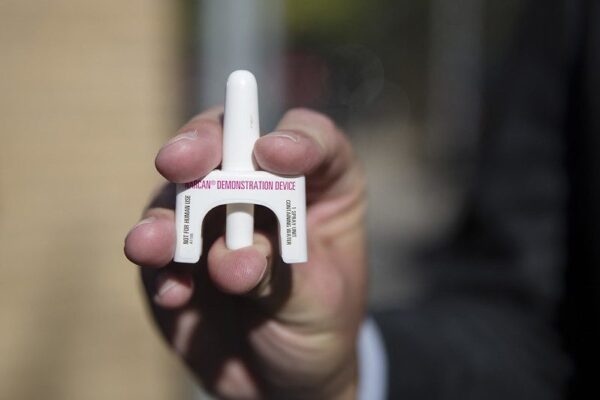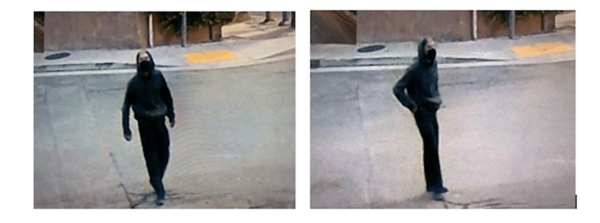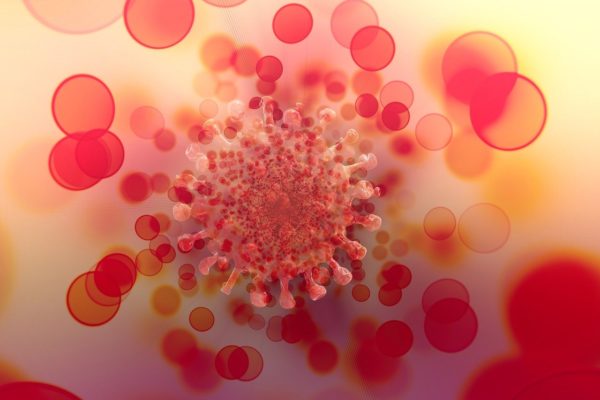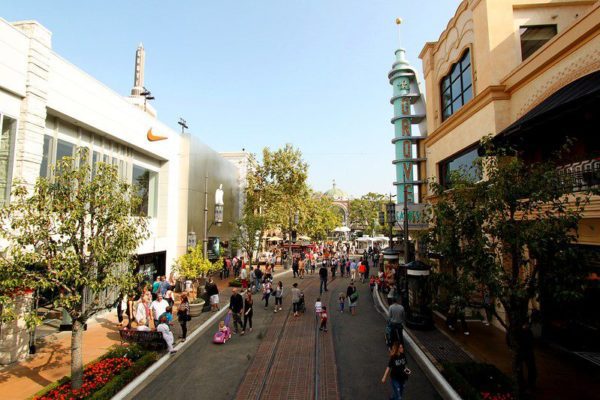Responding to recent fentanyl overdoses by students, including the death of a 15-year-old girl in a Hollywood school bathroom, the Los Angeles Unified School District announced Thursday it will make the anti-overdose medication Narcan available at all of its campuses by mid-October.
Doses of Narcan, or naloxone, will also be provided to all LAUSD School Police officers, Superintendent Alberto Carvalho said.
“We are experiencing a devastating epidemic. Whether we talk about fentanyl or the many variations of fentanyl, there is an abundance of drugs that students are having ready access to,” Carvalho said. “Effective the second week of October, every one of our schools at L.A. Unified will be outfitted with the appropriate tools, including Narcan available for students who may experience a condition of overdose through the consumption, the ingestion of fentanyl in any type of format.”
Narcan, if administered in a timely manner, can counteract the effects of an overdose and allow the patient to resume breathing. The treatment is only temporary, lasting between 30 and 90 minutes, but is designed to allow first-responders to arrive and begin more permanent treatment.
The district will receive the Narcan doses free from the county Department of Public Health, according to the LAUSD.
Carvalho said the initial allotment of about 600 units will ensure Narcan is available at all of the districts high schools and middle schools.
“That alone is not enough,” he said. “Not only do we want to effectively respond to this crisis as an incident occurs. But we actually want prevention. And prevention requires far more than the deployment of Narcan to our schools or in the hands of our officers.”
The superintendent also announced plans for a district-wide education campaign, including a “peer-to-peer” effort to teach students about the consequences of fentanyl use.
“There is nothing better than a student peer to explain the consequences associated with fentanyl to other students,” he said.
He also said the district next week will roll out a massive online and in-person education campaign for parents to allow them to recognize the signs of drug use and the learn about the effects of fentanyl. He said the campaign will be done in multiple languages, “hitting every area of our district.”
The district also plans to roll out a safety task forced that will work with school police and other local law enforcement to provide a “greater level of supervision” in parks and other areas where students are believed to be obtaining drugs.
“The opioid epidemic is a community crisis, and today Los Angeles Unified is taking concrete action to protect our students — both by making naloxone readily available and through proactive education and support,” LAUSD board President Kelly Gonez said in a statement. “Our board and superintendent are committed to doing everything we can to ensure student safety on our campuses and in our communities.”
The announcement came one day after police confirmed the seventh overdose of a student in the past month from pills believed to have contained fentanyl.
The most recent overdose occurred Saturday morning, when a 15-year-old male student at STEM Academy of Hollywood was found unconscious by his mother in their Hollywood home, according to Lt. Letisia Ruiz of the Los Angeles Police Department.
The academy is one of three schools located on the Bernstein High School campus. The boy was treated at a hospital and is expected to survive, officials said.
LAPD Chief Michel Moore told the Los Angeles Times that officers responding to a report of a hospitalization of a minor discovered that the boy had ingested a quarter of a pill that he believed to be Percocet but that police said possibly contained fentanyl.
Moore told The Times that 10 pills police seized last week during the arrest of a 15-year-old boy on suspicion of manslaughter tested positive for fentanyl. He described them as “crude blue M30 pills” believed to be counterfeit pills containing fentanyl and produced by illicit labs as a substitute for Percocet.
The 15-year-old boy, a student at Apex Academy, was arrested Thursday for allegedly selling the fentanyl-laced pill that led to the overdose death of 15-year-old Melanie Ramos, a student at Bernstein High School, on Sept. 13. Apex Academy is an independent charter on the Bernstein campus.
Ramos and a 15-year-old female friend both overdosed at Bernstein High, police said. Ramos was found unconscious in the girl’s bathroom and was pronounced dead at the scene by paramedics. Her friend was hospitalized.
A 16-year-old boy, also a student at Apex Academy, was arrested on his way to school last week and booked on suspicion of narcotics sales for allegedly selling pills to a Hollywood High School boy at Lexington Park, located a few blocks from Bernstein High, Moore said. Police didn’t identify the boys because they are juveniles.
Police said a fourth person, also likely a student, overdosed at the park last week, but her identity is not known because she left the park after being treated before police could interview her.
Carvalho said last week that at least six LAUSD students, including three from Sept. 13, have been involved in the use of narcotics.
Moore said the exact number of students who ingested the pills is unknown because police believe others took the drug, survived and may not have sought medical attention.







